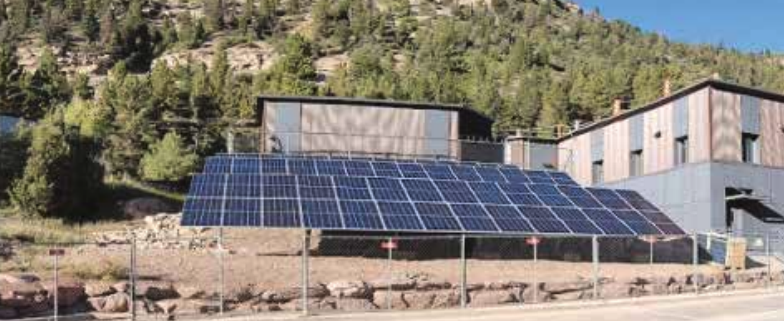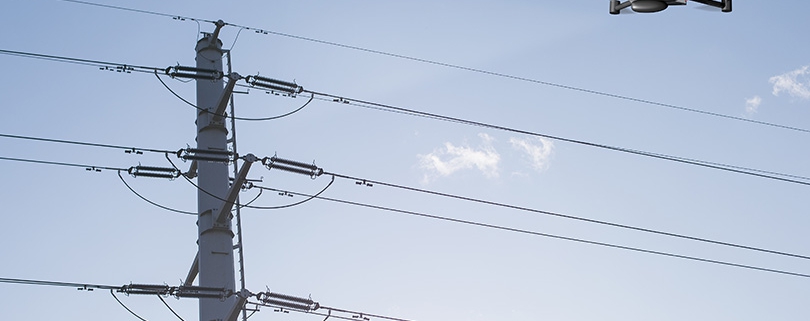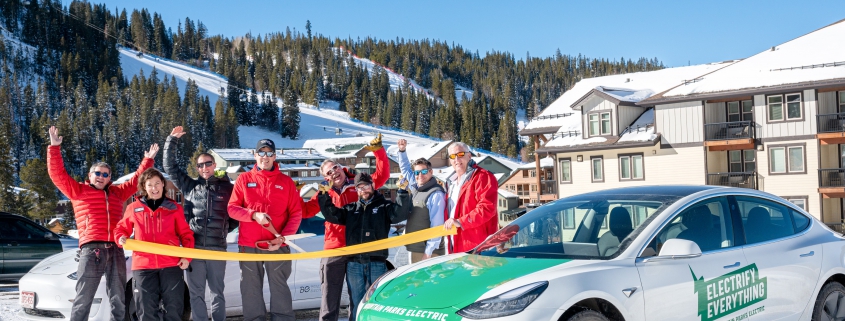Electric Co-ops Connect to Promote EVs
In an effort to coordinate program development for transportation electrification, the National Rural Electric Cooperative Association started a network of electric co-ops that make up the Cooperative Approach to Vehicle Electrification. This group is for electric co-ops that implemented or are planning to implement electric transportation programs. CAVE seeks to work with federal agencies, specifically, for programs funded by the 2021 $1 trillion infrastructure act.
Cooperatives’ transportation electrification programs will vary by region, state, local communities and cooperative needs. But overall, the CAVE network has several objectives, which include:
• Building innovative solutions that focus on charging infrastructure in rural and low-income communities.
• Creating education-based programs to inform consumers, dealers and policy makers on the value of electric transportation.
• Exploring options for fleets, transit bus, school bus and medium/heavy duty truck adoption and charging solutions.
• Demonstrating unique programs and best practices that utilize technologies to improve grid reliability.
Currently, three Colorado electric cooperatives are part of CAVE: La Plata Electric Association in Durango; San Isabel Electric Association in Pueblo West; and United Power in Brighton. These three cooperatives have made a significant impact on transportation electrification in Colorado.
SIEA brought EV charging to its service territory, including low income rural areas. LPEA is developing a robust network of charging stations across southern Colorado and assisted its local school district in securing a vehicle-to-grid-capable electric school bus. United Power is expanding its network of charging stations throughout northern Colorado and added a hybrid bucket truck to its fleet.










